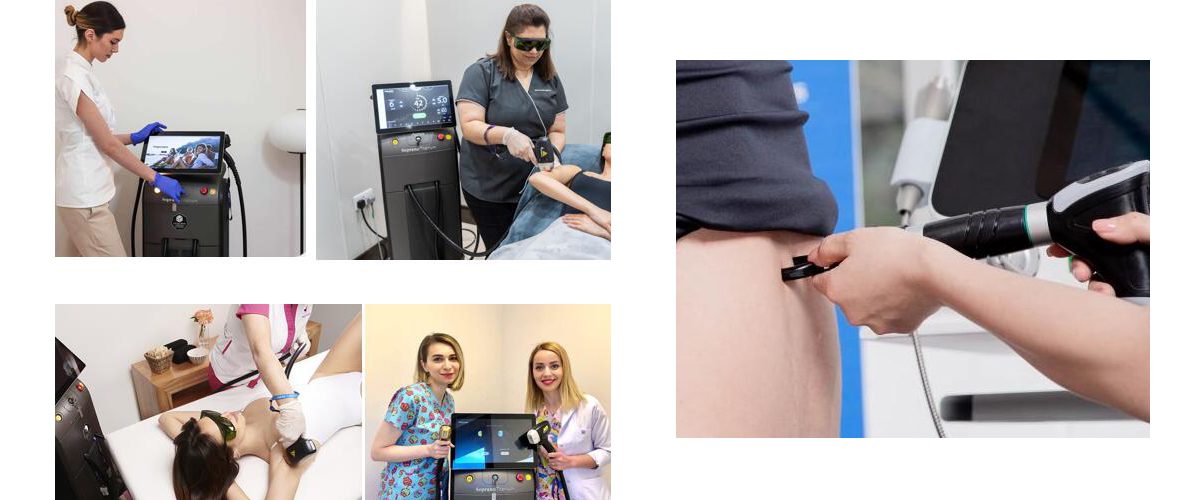Laser hair removal is a widely used cosmetic treatment that offers long-term hair reduction. However, operating a laser hair removal machine requires more than just interest—it demands professional training, certification, and a deep understanding of both the device and human skin. Here’s what you need to know about who is qualified to perform laser hair removal and why expertise matters.
1. Licensed and Certified Professionals
In most regions, laser hair removal machines are classified as medical or semi-medical devices. As such, they should only be used by licensed professionals with proper certification. These may include:
• Medical Doctors (MDs) – Especially dermatologists, after completing specialized training.
• Nurse Practitioners (NPs) – With relevant certification.
• Licensed Electrologists – Required in certain states to undergo laser-specific training.
• Licensed Estheticians – May perform treatments under medical supervision, depending on local regulations.
2. Certified Laser Hair Removal Technicians
Professionals can also obtain laser technician certification through accredited training programs. These cover:
• Laser safety protocols
• Skin anatomy and hair growth cycles
• Laser types and treatment parameters
• Patient care and equipment handling
Certified technicians are trained to select appropriate settings, minimize risks, and deliver consistent results.
3. Training and Ongoing Education
Formal training is essential to safely and effectively use laser equipment. Programs should include:
• Hands-on practice with the specific machine
• Knowledge of laser physics and skin reactions
• Updated guidelines on the latest technologies
Continuing education ensures compliance and better outcomes.
4. Understanding Skin Types and Laser Settings
Different skin tones require customized laser settings to avoid burns or pigmentation issues. Qualified operators must:
• Assess Fitzpatrick skin types
• Adjust fluence, wavelength, and pulse duration
• Tailor treatments for safety and efficacy
5. Safety and Risk Management
A trained operator understands how to:
• Conduct pre-treatment assessments
• Use protective eyewear
• Recognize and manage potential side effects
Strict adherence to safety standards is critical in every session.
6. Regulatory Compliance
Operators must follow local laws and health regulations regarding laser device usage. This protects both the patient and the provider, and ensures legal operation of the facility.
✅ Conclusion
Laser hair removal is a precision-driven procedure that should only be performed by certified and trained professionals. A deep understanding of laser technology, skin biology, and safety protocols is essential to ensure effective and safe outcomes. Before starting treatment, always verify the credentials of your provider and choose a licensed or certified professional.
